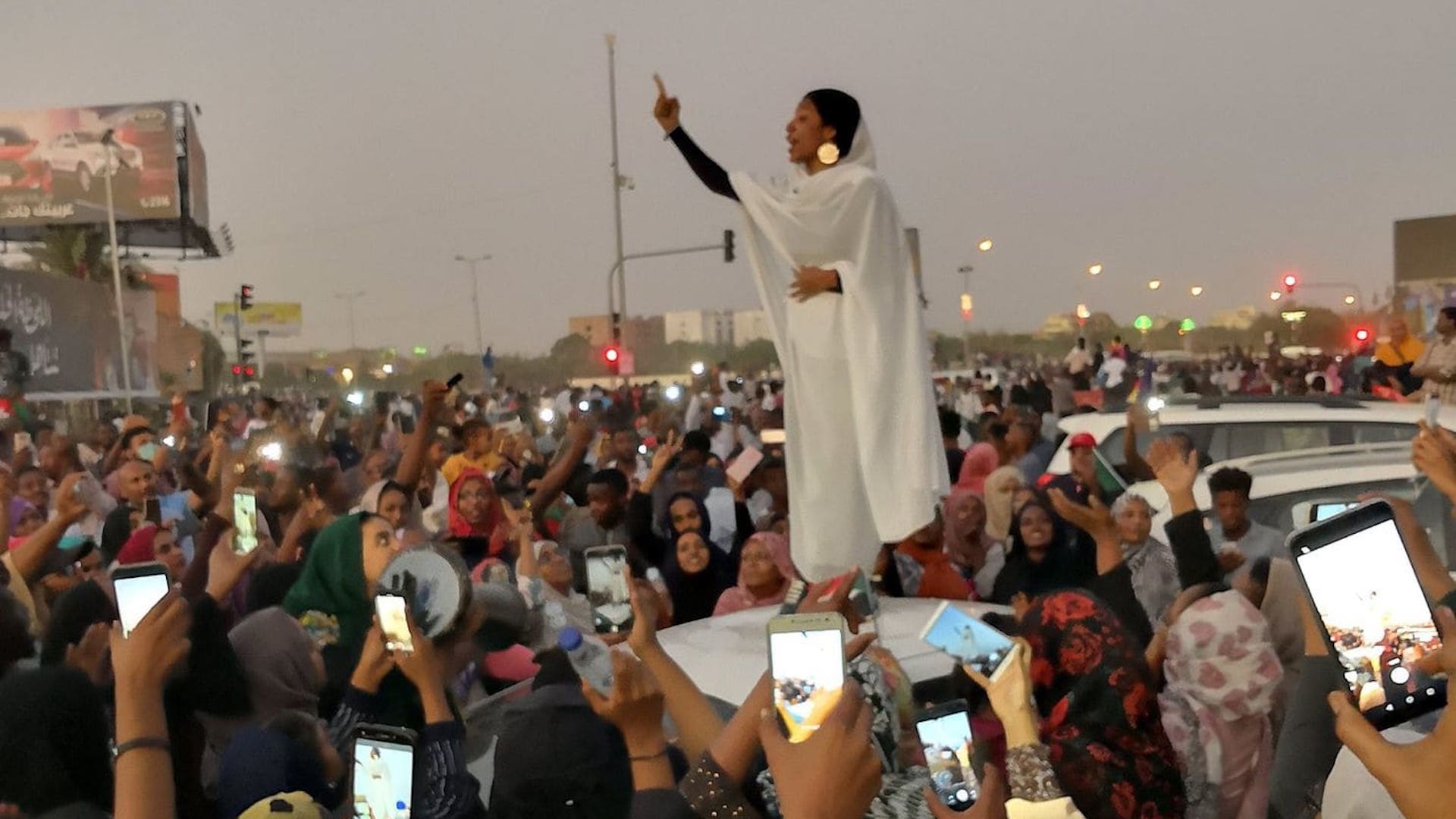by ANDREW EDWARD TCHIE

Following months of protests, and a prolonged sit-in outside the military headquarters in Khartoum, Sudanese president Omar al-Bashir was placed under house arrest on April 11 as the country’s military prepared for a transitional government.
Many have described the Sudanese uprising as a “bread protest” against a rise in inflation. In fact the Sudanese people took to the streets for much more than a struggling economy, or the price of bread. They have been calling for freedom, peace, justice and the downfall of the regime.
And they have finally won.
The generation leading the uprising was born and raised during al-Bashir’s 30-year rule. The protesters are mostly young professionals who have been directly affected by the regime’s Islamization and Arabization policies.
These policies have been particularly harsh against women’s freedoms and rights, which explains why young Sudanese women are at the heart of the uprising. The policies have also resulted in multiple years of conflict and insecurity in Darfur, South Kordofan, and the Blue Nile.
Sudan’s governing system has already deteriorated because of years of state autocracy, nepotism, corruption and violent conflict.
Al-Bashir’s removal may bring down the state if a strong successor isn’t positioned to replace him. But in my view, given how Sudan has historically been run, the democratic preferences of many young protesters is unlikely to come to fruition. Their expectations for a functioning democracy, with free and fair elections, and constitutional freedoms will not be met unless the next leader of Sudan is a reformist.
Al-Bashir’s first responses
The regime responded to the protests in three ways.
First, al-Bashir tried to quickly re-consolidate his power by proposing constitutional changes that would have allowed him to stand for reelection in 2020. That was quickly taken off the table.
He then declared a year-long nationwide state of emergency. The emergency state prohibited “unauthorized” gatherings and movements. Violence followed as the state deployed heavy-handed tactics to break up the protests.
Al-Bashir also dissolved federal and state governments, replacing almost all of Sudan’s 18 state governors with army officers. And he ordered parliament to delay deliberations over proposed constitutional amendments that would allow him to run for an extra-constitutional term in next year’s elections.
When the protests didn’t subside he called for broad-based dialogue.
In a bid to stay in power, al-Bashir also reached out to those who had backed him financially on previous occasions. These included the Persian Gulf states as well as Egypt and Russia. However, these allies have done little more than offer him vague statements of support.
He also began to lose the support of Western backers. Once warm to al-Bashir, they recently began to issue stern reprimands.
The protests
By the time al-Bashir stepped down protests had taken hold in more than 35 cities across the country. People took to the streets in more and more places following the first demonstration in the northern Nile-side town of Atbara.
Towards Freedom for more